Managing Risk While Canyoning: Bridging The Gap Between Technical Competence and Good Judgement.
Canyoning is an adventurous, engaging, and difficult sport. We practice the sport because it takes us out of our normal daily routine and shows us the magnificent places that are just outside of view. For a few hours we are explorers of an exotic and powerful landscape. However, it’s important to acknowledge the inherent risks associated with canyoning. To become an active participant or team leader it is crucial that one understands these risks and can utilize strategies to manage or mitigate them.
RISK MANAGEMENT BLOG SERIES!
Welcome to our new blog series on risk and canyoning. Part 1 aims to develop a risk management vocabulary and a practical theoretical framework for understanding and effectively managing or mitigating risk during canyoning adventures. Future installments seek to use that framework to talk about the risk involved in different common canyoning scenarios.
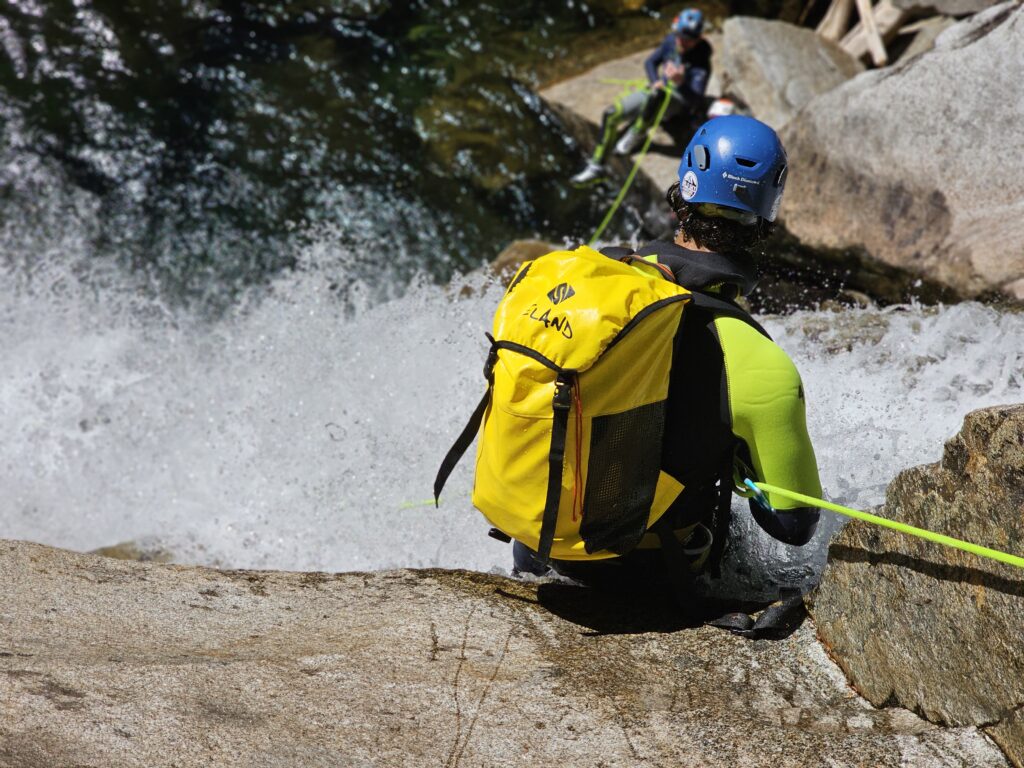
The Mathematical Equation of Risk:
In canyoning, risk can be likened to a mathematical equation, where the risk factor is determined by multiplying the probability of an accident by the potential consequences. This equation helps us grasp the fundamental components of risk and enables us to develop strategies to mitigate and minimize potential hazards.
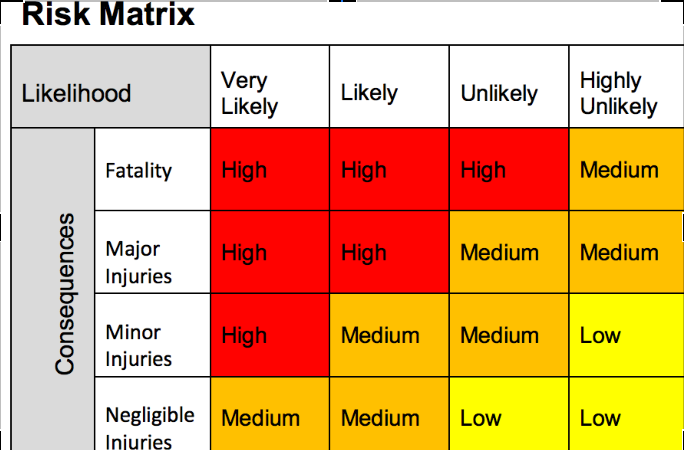
Theory In Practice: Treating the Equation as a Heuristic:
In Canyoning, the Risk = Probability x Consequences equation should be approached as a heuristic, a rule of thumb, rather than an absolute truth. It helps us form an opinion about the level of risk involved in a particular situation. By considering the likelihood of an accident and the potential severity of its consequences, we gain valuable insight. However, relying solely on the equation may lead to oversights and a false sense of security. The prime utility of this equation is that it gives us a framework for estimating and categorizing risk.
Using This Framework to Control Risk:
If we accept that Risk = Probability x Consequences, then we are left with two options for controlling risk in real world situations. Managing Risk is lowering the probability of an accident occuring. Mitigation is when you lower the consequences of any accident that does occur.
Risk Management Vocabulary:
Managing Risk:
Managing risk involves taking measures to decrease the probability of an accident or undesirable event occurring. In the context of canyoning, this can mean making informed decisions based on factors such as weather conditions, equipment selection, and route planning. For instance, choosing to rappel down a challenging obstacle instead of attempting a risky downclimb can reduce the likelihood of a fall or injury.
Mitigating Risk:
Mitigating risk focuses on reducing the consequences of an accident or incident if it does occur. Some examples of mitigating risk while canyoning is utilizing a third hand while rappelling
Estimating “Risk”
Aspiring canyon leaders must develop an ability to estimate the risk category of encountered obstacles. These types of informed judgments are based on experience, knowledge, and situational awareness. The utility of categorizing risk is that it helps in determining appropriate precautions and responses. By understanding that risk lies on a spectrum, canyoneers can make more informed decisions to protect themselves and others.
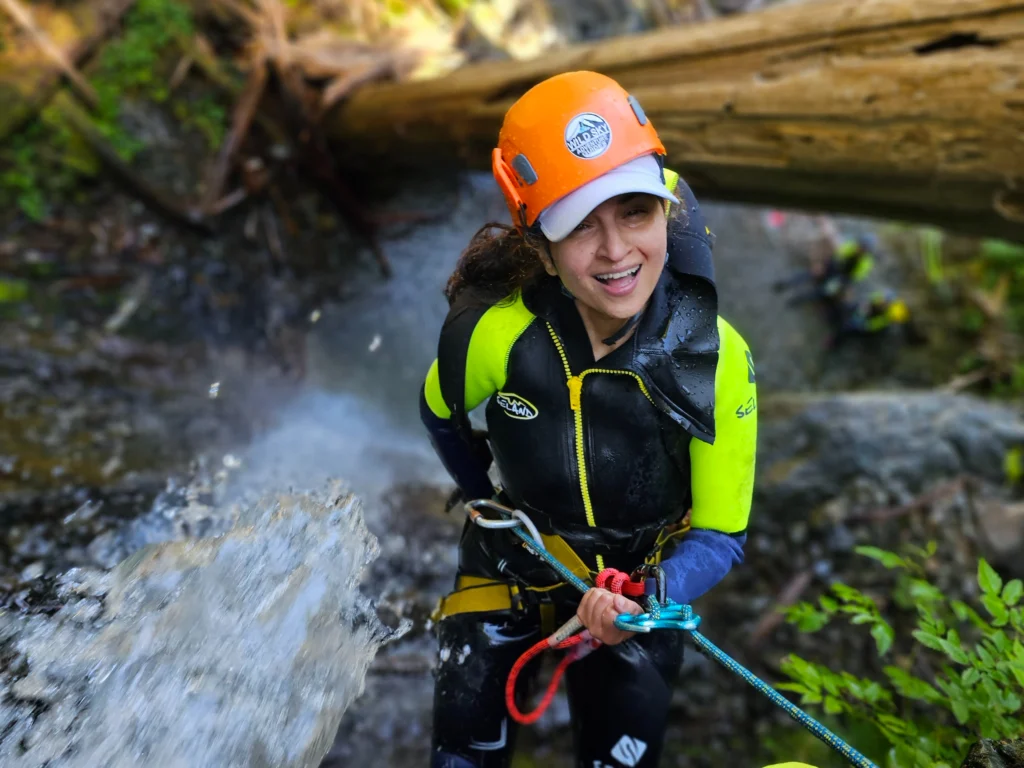
Taking The Risk:
Distinguishing Between Active and Passive Risk-Taking Behavior:
In the world of canyoning, risk-taking behavior can be categorized into two distinct types: active risk and passive risk. These classifications serve as valuable frameworks for understanding and effectively managing risks. By recognizing the differences between active and passive risk, canyoneers can make informed decisions and take appropriate measures to ensure their safety.
Active Risk Taking:
Active risk taking in canyoning involves purposeful engagement in activities that inherently expose us to risk. This includes going canyoning, rappelling down steep cliffs, or navigating canyons with high flow and challenging hydraulics. Active risk taking involves actively seeking out challenges.
Passive Risk Taking:
Passive risk taking, on the other hand, involves situations where individuals neglect or fail to take the necessary actions to prevent dangerous accidents. Examples of passive risk taking in canyoning can range from not wearing a seatbelt while driving to the canyon, failing to utilize a third hand (in dry canyons), neglecting to visually confirm that the rope touches the ground before rappelling, lacking a safety contact person, or not bringing enough rope to facilitate a safe exit in case a rope becomes stuck.
Conclusion:
Navigating the thrilling realms of canyoning requires a delicate balance between technical competence and sound judgment. This blog series has aimed to establish a comprehensive understanding of risk management in canyoning, introducing a mathematical equation that defines risk as the product of probability and consequences.
Emphasizing the heuristic nature of this equation, the series underscores the importance of treating it as a guiding principle rather than an absolute truth. By employing this risk framework, canyoneers can actively manage and mitigate risks, distinguishing between strategies that lower the probability of accidents (such as informed decision-making based on weather conditions and route planning) and those that minimize the consequences of incidents (like using a third hand during rappelling).
Furthermore, aspiring canyon leaders are encouraged to hone their ability to estimate risk, recognizing that risk lies on a spectrum and employing this knowledge to make informed decisions for the protection of themselves and others. The delineation between active and passive risk-taking behaviors serves as a valuable tool for understanding and managing risks effectively, fostering a culture of responsible exploration in the canyoning community.

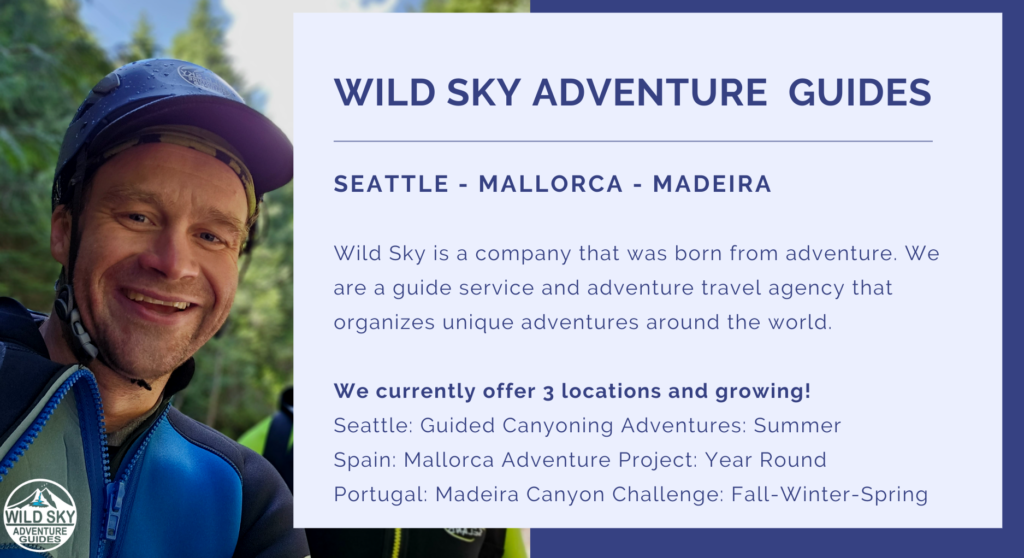
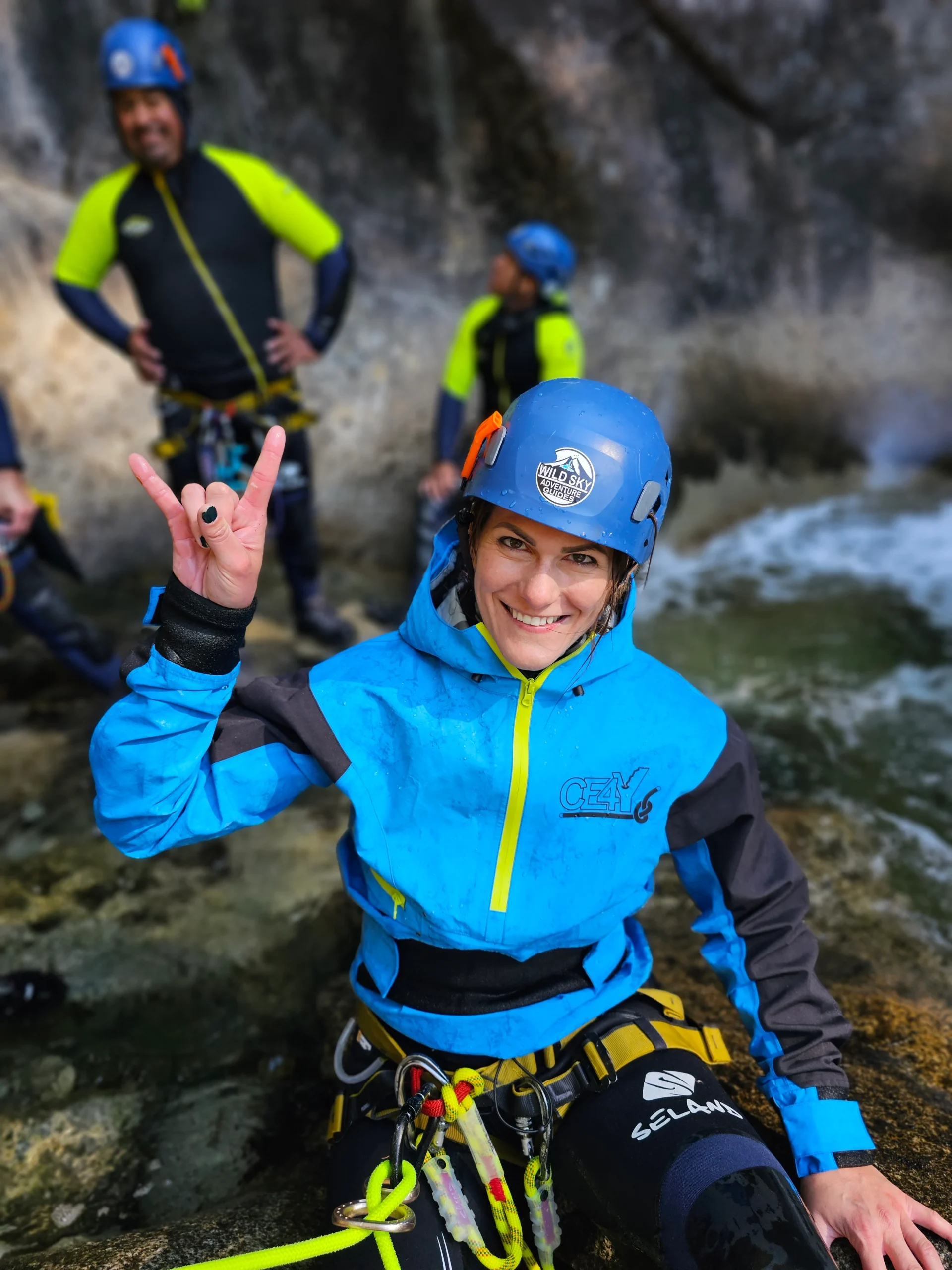
One question of interest is, if a person wants to keep the weight of their pack to a minimum, how does one choose between preparing for lower-probability higher-severity outcomes (such as injury or accident potentially requiring excess gear for anchors, efficient hauling/ ascending, overnight bivy etc) versus preparing for higher-probability lower-severity outcomes (such as thirst/ hunger, cold etc)? Is it better to be prepared for the worst negative scenarios, or only for the most common negative scenarios? Thoughts welcome!